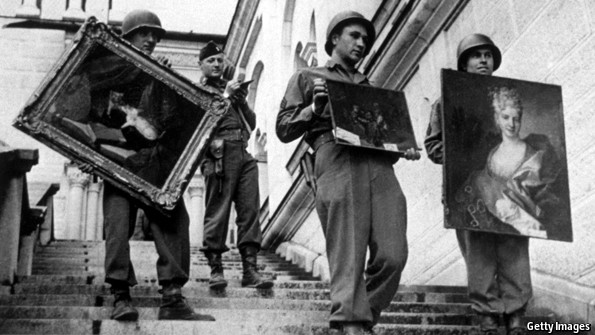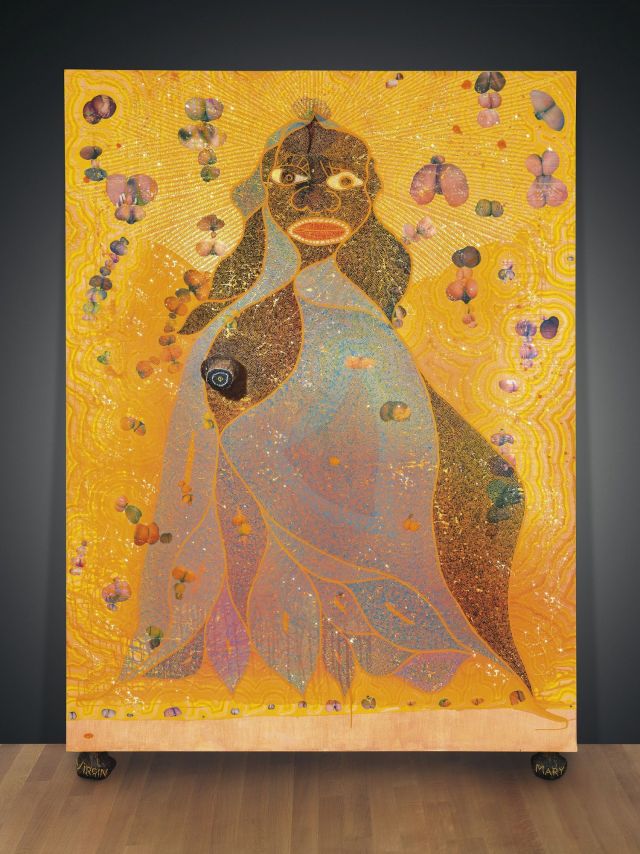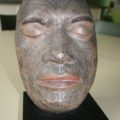Doris Salcedo is a Columbian artist whose works focuses primarily on her life experiences from growing up in Columbia. Many of her influences come from growing up in the political turmoil and losing many family members and loved ones due to the turmoil. Her art often times appears to be simple because of the media she chooses, but is not simple in meaning or depth at all. Many of her pieces have to do with immigration, sorrow, and mourning of the loss of loved ones.
Shibboleth is my favorite piece of hers because it looks so simple but has so much depth. Shibboleth was an installation at the Tate museum in London in 2008 that was a 548-foot crack in the floor. Even after the exhibition was changed to another artwork, the crack was filled with a different color concrete so it essentially left a scar in the floor of the museum that will never go away. Salcedo explains it as something that, “represents borders, the experience of immigrants, the experience of segregation, the experience of racial hatred. It is the experience of a Third World person coming into the heart of Europe. For example, the space which illegal immigrants occupy is a negative space. And so this piece is a negative space” (wiki). Another interesting aspect is the size of the crack. Initially the crack began as a small fracture of the concrete but then as more people walked on the ground and viewed the exhibition, the crack grew bigger and bigger, eventually reaching inches think and feet deep. In today’s society we live in a world where borders are an extremely touchy subject. Borders define people, create wars, create legislation, and hatred. Some believe that they should be open but most, especially in America believe in closing borders. Our government recently made an announcement that American’s borders are closed to Syrian refugees, people who are deprived of the necessities to live. This is ridiculous because we have the resources to help. There is a divide, crack even, between the two communities when they should be coming together to help each other. This is exactly the purpose of Shibboleth. To create a physical representation of the above example and show the flaws in the systems. While borders are important to a country’s nationality, they should not be so ridged that they inhibit one country from helping another in need. People have this irrational hatred for other races that clouds their judgment and causes violence in the world. I read an article the other day about a man who shot a taxi driver just because of his ethnicity. People should not be afraid to work, or go about their daily lives due to a fear of violence and I fear that is where society is heading. While it is not necessarily like that within the US it is like that in other nations, Shibboleth recognizes that.
Another common theme to her work is the recognition of violence. Her piece, Istanbul is a collection of 1,550 chairs piled between two skyscrapers. They are to signify the violence of war. Each empty chair is a life lost, a nameless child that died walking out of their house, or a fallen soldier. I can barely remember a time in my twenty years of life that war or violence across seas was not prevalent. Doris recognizes this and is able to capture all of the terror and emotions that are associated with war and depict them in a sculpture. Her art calls for recognition of the pain and suffering felt all of the world that we don’t necessarily feel ourselves. A lot of the time is it easier to sweep all of the bad things that don’t affect us daily under the rug because it is easier if it does not exist and we do not have to think about it. Her art work makes us think about it. It opens are eyes to the cruelty that surrounds our borders. Her use of commonplace items represents the casualness of the hate, crimes, poverty, and war that happens around the world every single day.
#installationart #politics #immigration #museum






